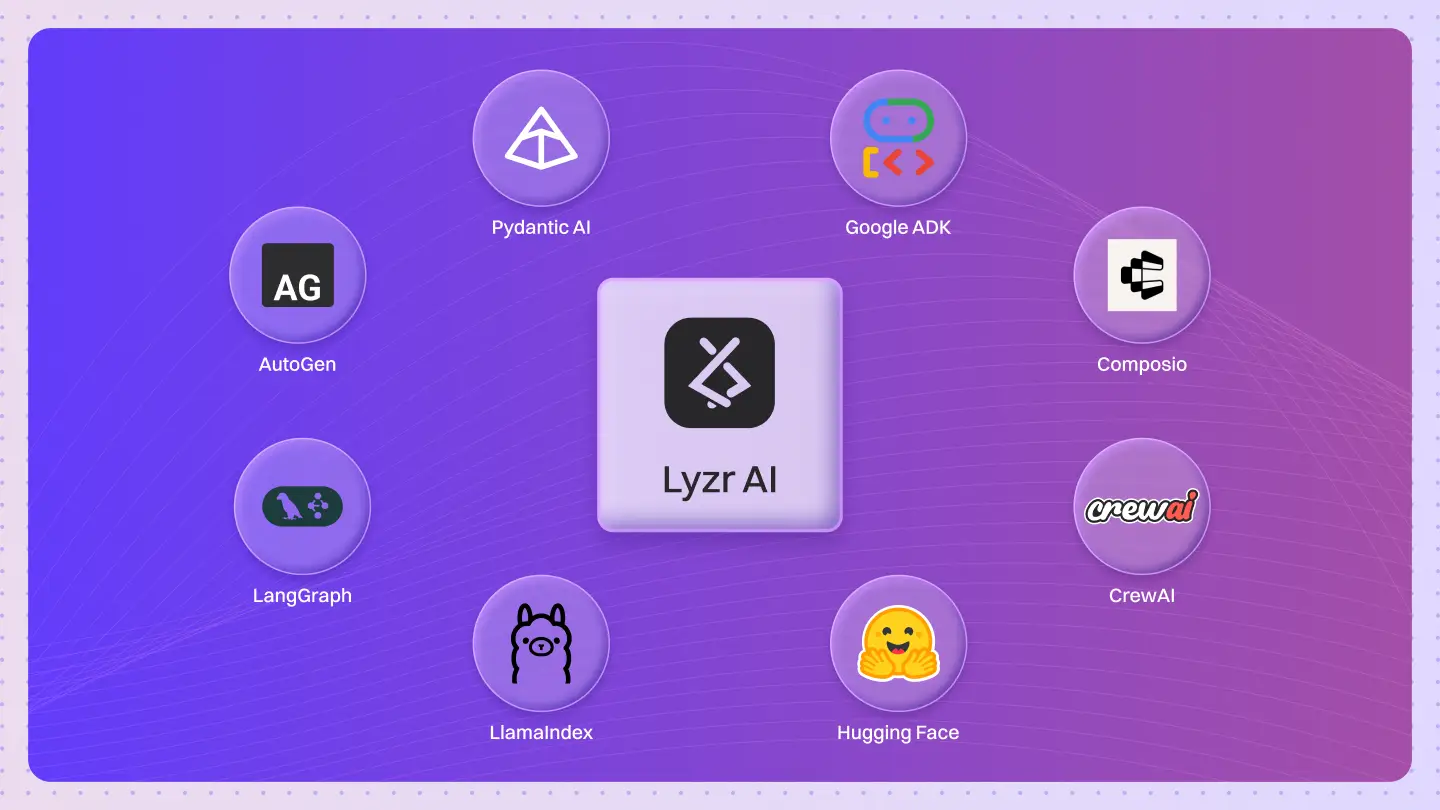In a world of AI maybes, some things must be certain.
Deterministic reasoning is a logical approach where given the same inputs and rules, you always arrive at the same conclusion, with no randomness or uncertainty involved in the process.
Think of it like a simple calculator. When you input 2+2, it will always give you 4. There’s no element of chance, no ‘maybe’. It’s a clear, unshakeable path from premises to conclusion, following strict logical rules.
This isn’t just an academic concept. It’s the foundation of reliability in systems where you cannot afford to be wrong. From spacecraft navigation to database queries, understanding determinism is understanding the bedrock of trusted computation.
What is deterministic reasoning?
It’s reasoning with absolute certainty. If the starting facts (premises) are true and the rules are valid, the conclusion is guaranteed to be true. It’s a world of black and white, true and false.
This makes it fundamentally different from other forms of reasoning.
- Probabilistic Reasoning: This deals with uncertainty. It might conclude “there’s a 90% chance of rain.” Deterministic reasoning would say “If the sky has dark clouds AND the barometer drops, THEN it will rain.” The outcome is fixed.
- Heuristic Reasoning: This uses mental shortcuts or rules of thumb. “If the stock went up yesterday, it will probably go up today.” It’s a good guess, not a guarantee. Deterministic reasoning follows explicit, unchanging rules regardless of context.
- Neural Network Inference: This involves complex numerical calculations across weighted connections. The path to the answer is often a “black box.” Deterministic reasoning follows explicit, human-readable logical steps. You can trace the entire journey from input to output.
How does deterministic reasoning differ from probabilistic reasoning?
It’s the difference between “will happen” and “might happen.”
Deterministic reasoning operates on certainty. IF A is true, THEN B is true. It’s a direct, unbreakable chain of logic. A classic example is a SQL database query, used by companies like Microsoft.
This command will always, without fail, return the exact same list of Canadian users. There is zero probability involved.
Probabilistic reasoning operates on likelihoods. IF A is true, THEN B is 80% likely to be true. It embraces the gray areas of the real world. Weather forecasting is a perfect example. Models analyze data and produce a probability, not a certainty, because the system is too complex to model with absolute rules.
Deterministic reasoning needs a perfectly defined world. Probabilistic reasoning is built for a messy, unpredictable one.
What are the advantages and limitations of deterministic reasoning?
Its greatest strength is also its greatest weakness.
The Advantages:
- Predictability: You get the same output every single time for a given input. This is non-negotiable for safety-critical systems.
- Verifiability: You can trace every single step of the logical process. This makes debugging and validation straightforward.
- Reliability: The logic is sound and consistent, making it incredibly robust for tasks with clear, unchanging rules.
The Limitations:
- Brittleness: It shatters when faced with incomplete or uncertain information. If a rule requires input ‘A’ but ‘A’ is unknown, the system can’t proceed.
- Lack of Flexibility: The real world is filled with ambiguity and exceptions. Deterministic systems struggle to handle scenarios that don’t perfectly match their predefined rules.
- Requires a Complete Model: To work perfectly, the system needs to have a complete and accurate set of rules for its domain, which is often impossible for complex, real-world problems.
Where is deterministic reasoning used in AI systems?
It’s the invisible engine behind many systems you use daily.
It’s not just about old-school AI; it’s a critical component in modern technology.
- Database Management: As mentioned, systems like Microsoft SQL Server use deterministic logic to execute queries. The process of retrieving data is a sequence of fixed, logical operations.
- Mission-Critical Systems: NASA relies on deterministic calculations for spacecraft navigation and life support systems. When calculating a trajectory, “maybe” is not an option. The outcome must be certain.
- Hybrid AI Systems: Even advanced systems like IBM’s Watson, known for its probabilistic abilities, use deterministic components. It might use deterministic rules to check for contraindications in medical diagnoses, applying hard-and-fast medical facts alongside its probabilistic analysis of patient data.
What technical mechanisms are used for Deterministic Reasoning?
The core isn’t about machine learning models, it’s about formal, mathematical systems.
It’s built on a foundation of symbolic logic.
- First-Order Logic and Boolean Algebra: These provide the language. They are formal systems for writing down statements (like “All humans are mortal”) and manipulating them with operators like AND, OR, and NOT to create proofs.
- Deductive Reasoning Frameworks: These are the engines that run the proofs. They allow a system to move step-by-step from a set of premises to a logically necessary conclusion. This includes techniques like forward and backward chaining used in expert systems.
- Constraint Satisfaction Algorithms: These are used for problems where you have a set of variables and a set of rigid constraints (rules). The algorithm systematically finds a solution that satisfies every single constraint, like solving a Sudoku puzzle.
Quick Test: Deterministic or Not?
A self-driving car is approaching a traffic light. The rule, “if the light is red, then apply the brakes until the vehicle’s speed is zero,” is deterministic. The condition is clear, and the outcome is fixed and absolute.
But what about predicting if a pedestrian standing on the curb might step into the street? That requires probabilistic reasoning. The system must calculate a likelihood based on the person’s posture, direction of gaze, and other subtle cues. A critical system like a self-driving car needs both to function safely.
Deep Dive: More Questions on Deterministic Logic
What role does deterministic reasoning play in symbolic AI?
It is the heart of symbolic AI (also known as “Good Old-Fashioned AI”). The entire paradigm is based on representing knowledge in symbols and manipulating those symbols with deterministic rules of logic.
How do expert systems use deterministic reasoning?
Expert systems are designed to mimic a human expert in a narrow domain. They are built on a knowledge base of deterministic “if-then” rules. A doctor expert system might have a rule like “IF patient has a fever AND a rash, THEN diagnose measles.”
Can deterministic reasoning handle uncertainty in real-world problems?
No, not on its own. This is its fundamental limitation. It requires perfect information. To handle uncertainty, it must be combined with other approaches, like probabilistic models, creating a hybrid AI system.
What are some common deterministic reasoning algorithms?
Key algorithms include resolution, a method for automated theorem proving, and forward/backward chaining, which are strategies for navigating rule-bases in expert systems.
How does deterministic reasoning relate to causal reasoning?
They are closely related. Causal reasoning often seeks to establish deterministic links: “Event A causes Event B.” However, many real-world causal links are probabilistic, not deterministic.
What is the relationship between deterministic reasoning and rule-based systems?
Rule-based systems are a direct implementation of deterministic reasoning. They consist of a collection of rules that the system uses to draw conclusions from a set of facts.
How does deterministic reasoning compare to fuzzy logic?
Deterministic logic is binary: a statement is either 100% true or 100% false. Fuzzy logic handles degrees of truth. It can work with concepts like “somewhat warm” or “very fast,” representing them as values between 0 and 1.
Can modern AI systems combine deterministic and probabilistic reasoning effectively?
Yes, this is a major area of AI research. These “hybrid systems” use deterministic rules for things that are known for sure, and probabilistic models for things that are uncertain. This gives them the reliability of rules and the flexibility of statistical models.
While probabilistic models like LLMs get all the attention, deterministic reasoning is the silent, reliable bedrock of computing. It’s the part of the system that simply has to be right.



